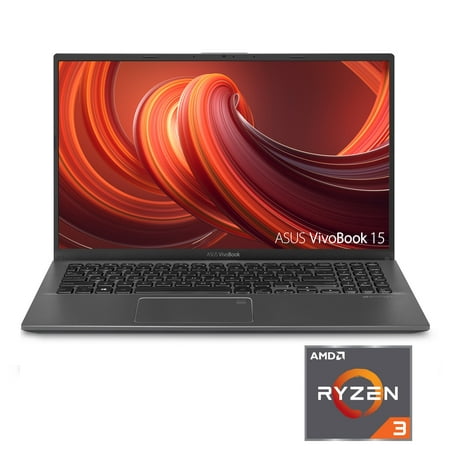Razer Blade Pro 17 – QHD 165Hz – GeForce RTX 3070 – Black
The 17 inch laptop for gaming, Razer Blade Pro is built with GeForce RTX Series GPUs, 10th gen Intel Core i7, and FHD/QHD/UHD screen options of up to 360 Hz refresh rates.
THE LAPTOP FOR DESKTOP-QUALITY GAMING
We’re pushing the limits to what a gaming laptop can do. The Razer Blade Pro 17 is built with a powerful processor to run performance-demanding AAA games on the go. We’ve made it nearly 25% smaller than its predecessor, with a faster 17.3” display that’s fitted into a body as sleek and compact as a 15” laptop.
STUNNING VISUALS. IMMERSIVE GAMEPLAY.
To power our most potent laptops for gaming and creating, GeForce RTX™ 30 Series GPUs are built on award-winning Ampere—NVIDIA’s 2nd-gen RTX architecture—with new RT Cores, Tensor Cores, and streaming multiprocessors to give you the most realistic ray-traced graphics and cutting-edge AI features. Coupled with 3rd-gen Max-Q technologies, these laptops use AI and new system optimizations to achieve even higher levels of performance and speed.
WORK HARD.
PLAY HARDCORE.
The 10th gen Intel® Core™ i7-10875H processor pushes the limits even further. With a base clock speed of 2.3 GHz and 5.1 GHz with Intel Turbo Boost Technology, the new 8-core processor in the Razer Blade Pro 17 is powerful enough to take on the heaviest AAA titles and creation tasks.
MAXIMIZE YOUR DISPLAY
Get the ultimate gaming and viewing experience with a huge 17.3” screen that barely has any bezels and is factory-calibrated for color accuracy and quality. With options for a Full HD, QHD, or UHD display, enjoy silky-smooth refresh rates no matter what choice you make.






Reviews
There are no reviews yet.